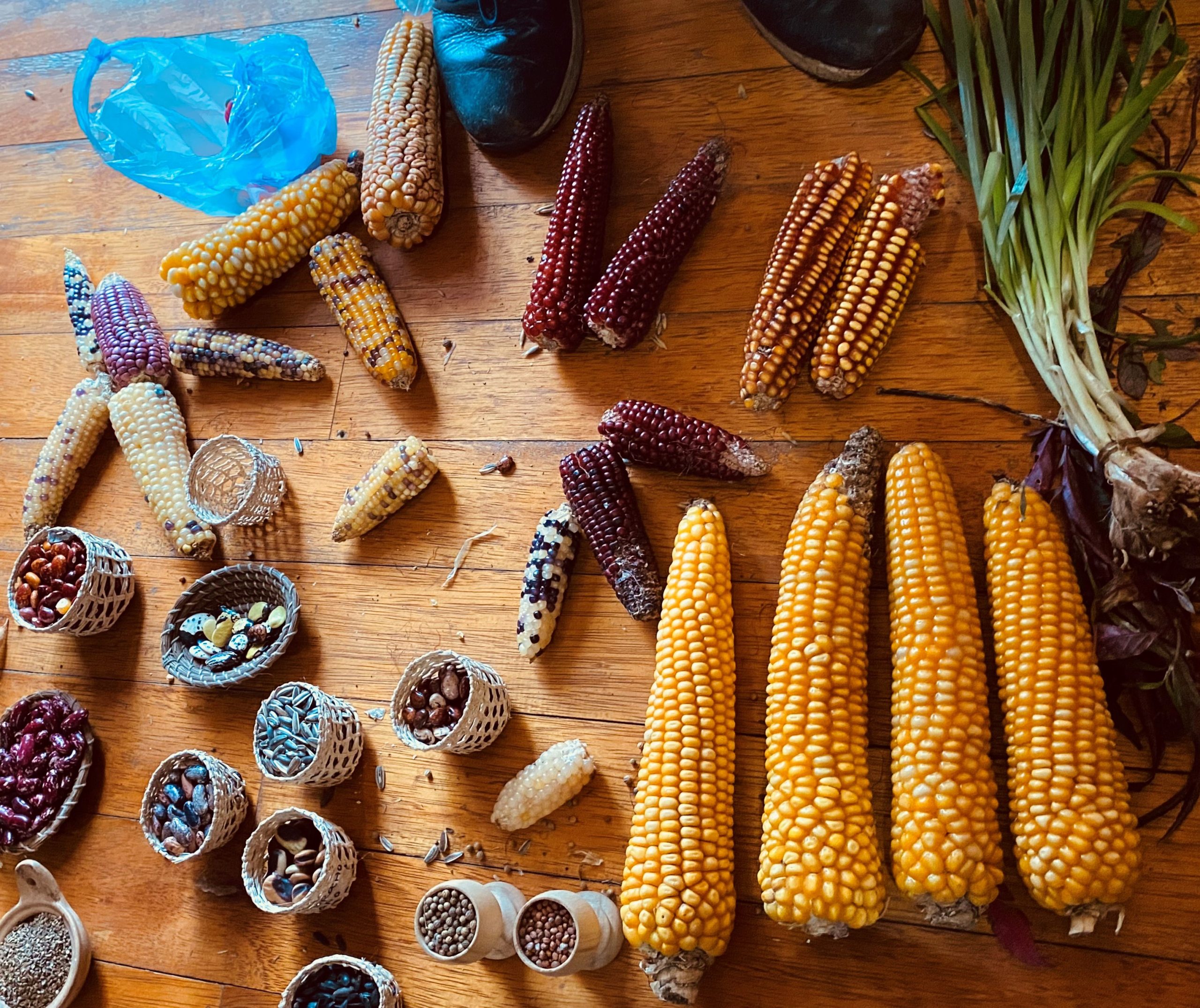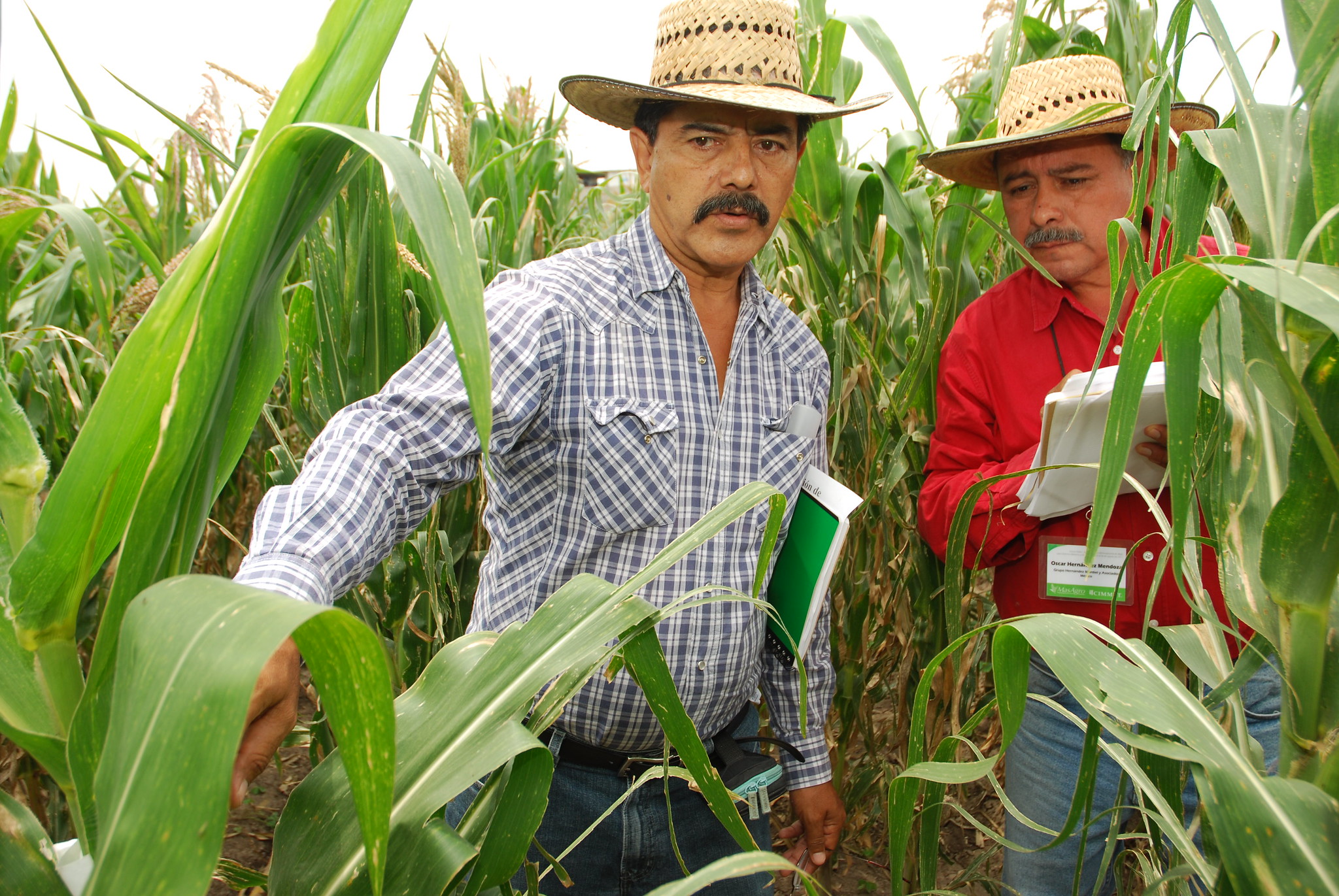Rural women in Quintana Roo have been guardians of maize for generations. Today, with sustainable innovations and the support of technicians like Esmeralda Andrade, they are strengthening their role in food security and biodiversity conservation.
For generations, native maize has been at the heart of food systems and cultural identity in the Mayan communities of Quintana Roo. The women of these communities, heirs to the legacy of Mesoamerican societies that shaped native maize, have long selected and conserved seeds, ensuring the continuity of the varieties best adapted to their environments. In their hands, maize is not just a crop—it is a legacy.
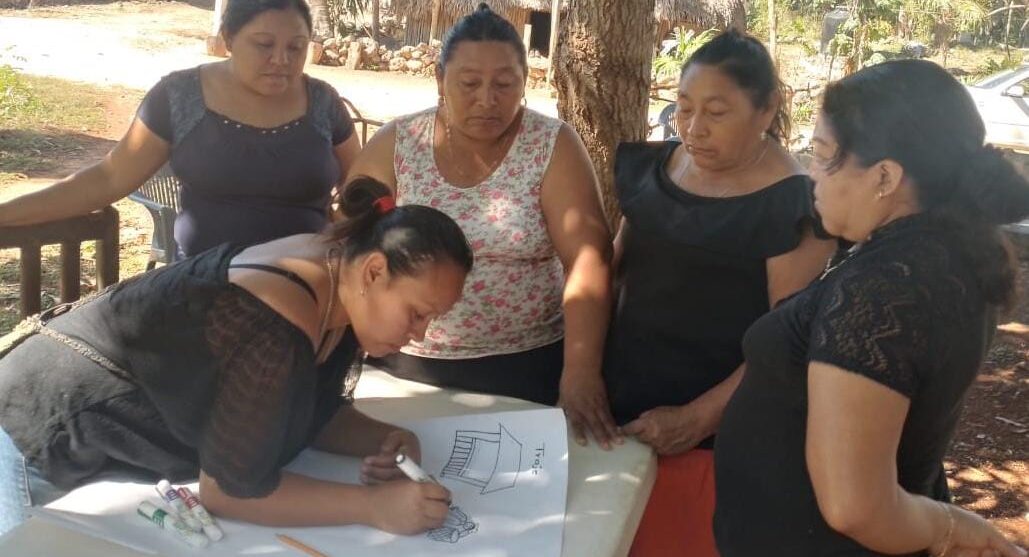
Today, however, this legacy faces growing threats. High production costs, competition with less diverse farming systems, and increasing pressure from climate change are putting the biodiversity of native maize at risk. In response to these challenges, the Food and Nutritional Security for Rural Communities in the State of Quintana Roo project—promoted by the state government and CIMMYT—is working to strengthen agricultural productivity, seed conservation, and the sustainability of maize-based systems. At the center of these efforts are women.
In Quintana Roo, 74% of agricultural production units use native or criollo maize seeds, making the state a stronghold of maize biodiversity. However, data from INEGI’s 2022 Agricultural Census also reveal that only 17.9% of these units are headed by women. Despite their traditional role in conserving seeds, managing storage, and selling in local markets, the gender gap in agriculture remains significant.
To help close this gap, the project has prioritized training for women farmers—equipping them with scientific knowledge and technical tools to improve crop productivity and market access. These initiatives provide spaces for women to exchange seeds, learn improved agronomic practices, and build stronger support networks. Community seed houses and native maize multiplication plots have been established to support these efforts.
Esmeralda Andrade, one of the project’s technicians, promotes the integration of traditional knowledge with scientific approaches. “Many of our producers grow native maize, and use the lunar calendar to guide planting and management activities. They’ve also adopted innovations like optimal planting arrangements, seed treatment, and agroecological pest management,” says Esmeralda, highlighting how innovation can strengthen tradition.
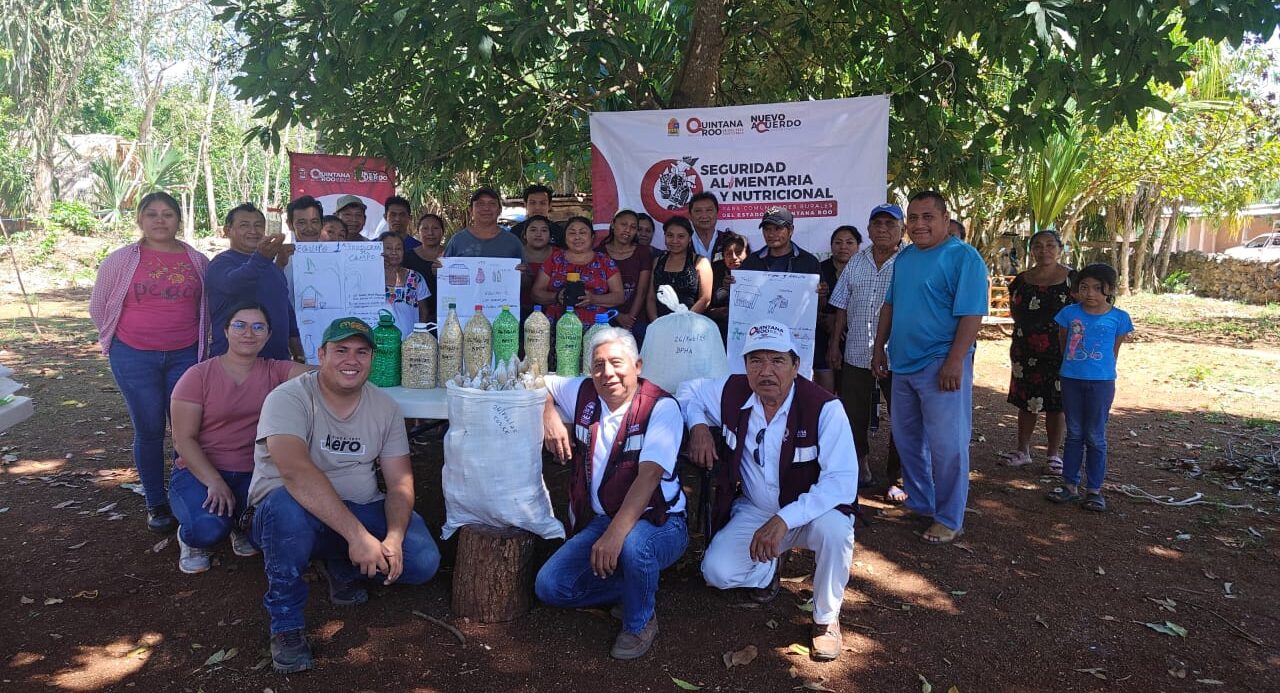
This blend of knowledge strengthens food security and reduces the vulnerability of communities to climate change. “One of the key changes we’ve seen is that farmers now have a more sustainable outlook. They understand the importance of soil conservation and the quality of their agricultural products,” she adds.
The project has also been a platform for breaking down gender barriers in agriculture. As a female technician, Esmeralda has faced the challenge of working in communities where agricultural decisions have traditionally been made by men. “In the area where I work, due to customs and traditions, it is mostly men who attend meetings and workshops, so it can be difficult to engage with them,” she explains. However, the support of community leaders has been key to building trust and fostering inclusion.
Thanks to these efforts, more and more women producers are increasingly participating in decisions related to agricultural production and family food security. “The impact of women technicians is clear. Rural women are participating more in production activities and financial education. This fosters teamwork in rural households, where women are now making decisions—not just helping in the fields,” says Esmeralda.
The Food and Nutritional Security for Rural Communities in the State of Quintana Roo project not only aims to improve productivity and market access—it is also planting a seed of change in the role of women in agriculture. By providing them with tools to strengthen their role as guardians of maize, it is also enhancing their economic autonomy, community participation, and capacity to shape the future of agriculture in the region.
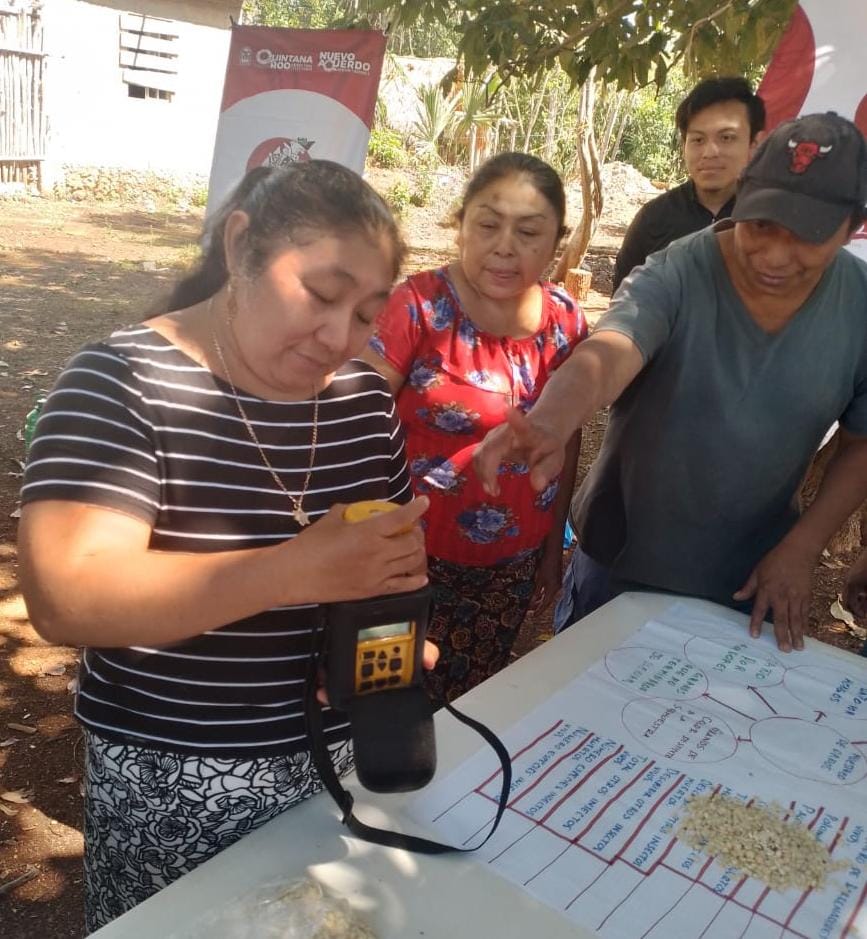
“My message to other women interested in becoming technicians or leaders in the agri-food sector is: don’t forget your worth and your abilities. Believe in your value—and above all, know that you’re not alone. You are supported every step of the way. There’s still a long road ahead,” Esmeralda concludes.
With projects like this, the rural women of Quintana Roo are showing that the best way to ensure the future of maize is through training, organization, and empowerment. In their hands, the legacy of native maize will continue to flourish.
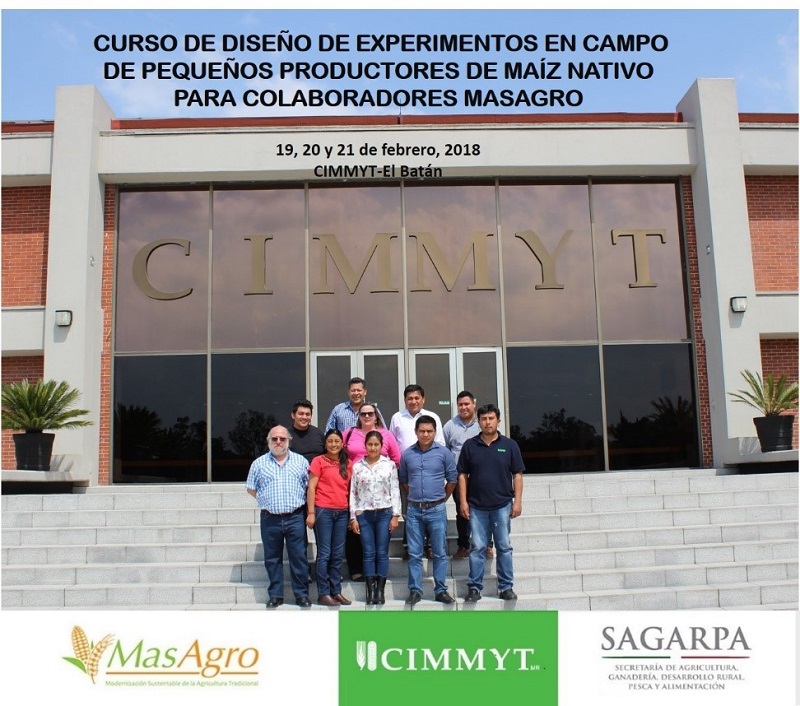
 Nutrition, health and food security
Nutrition, health and food security 